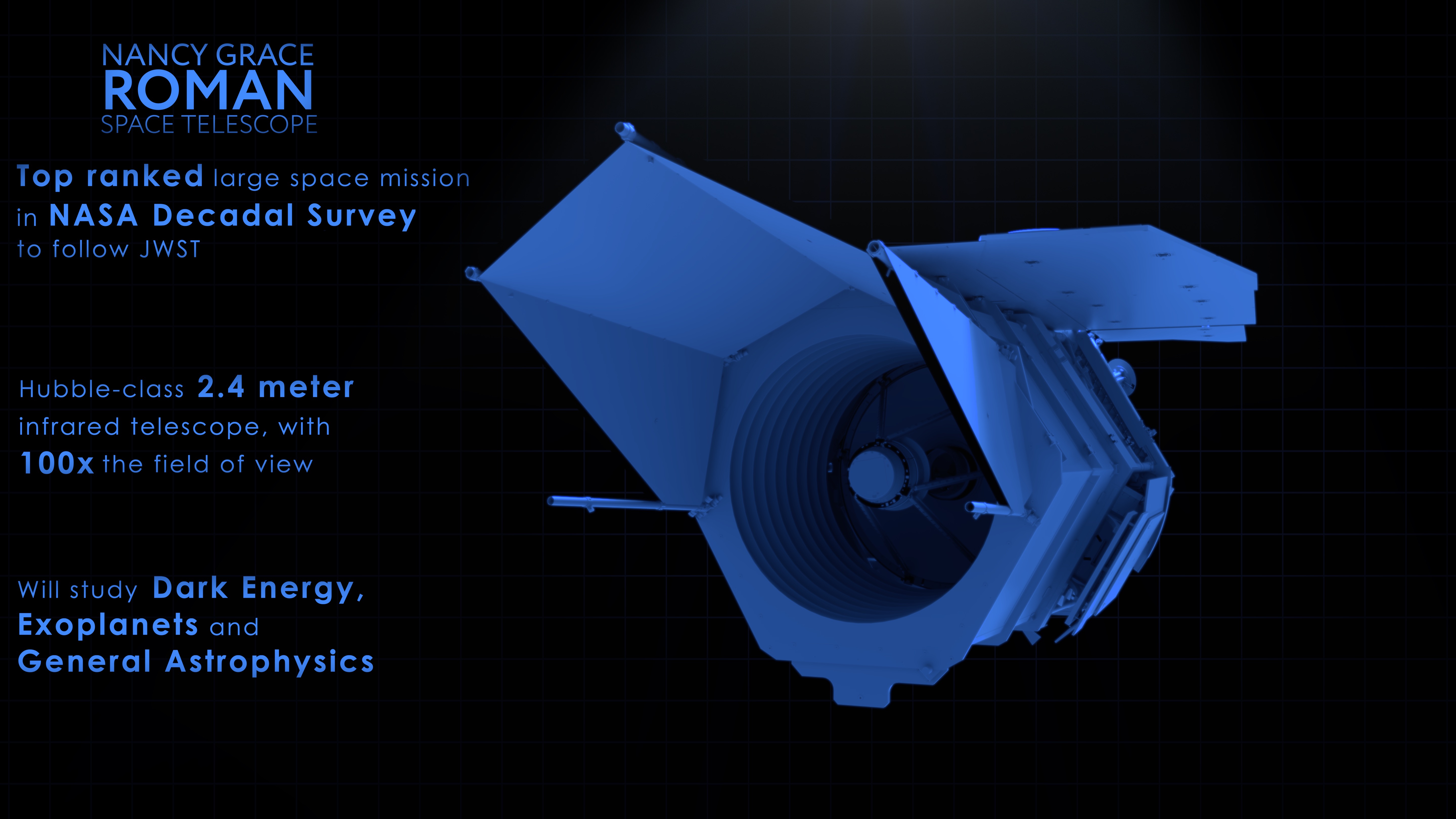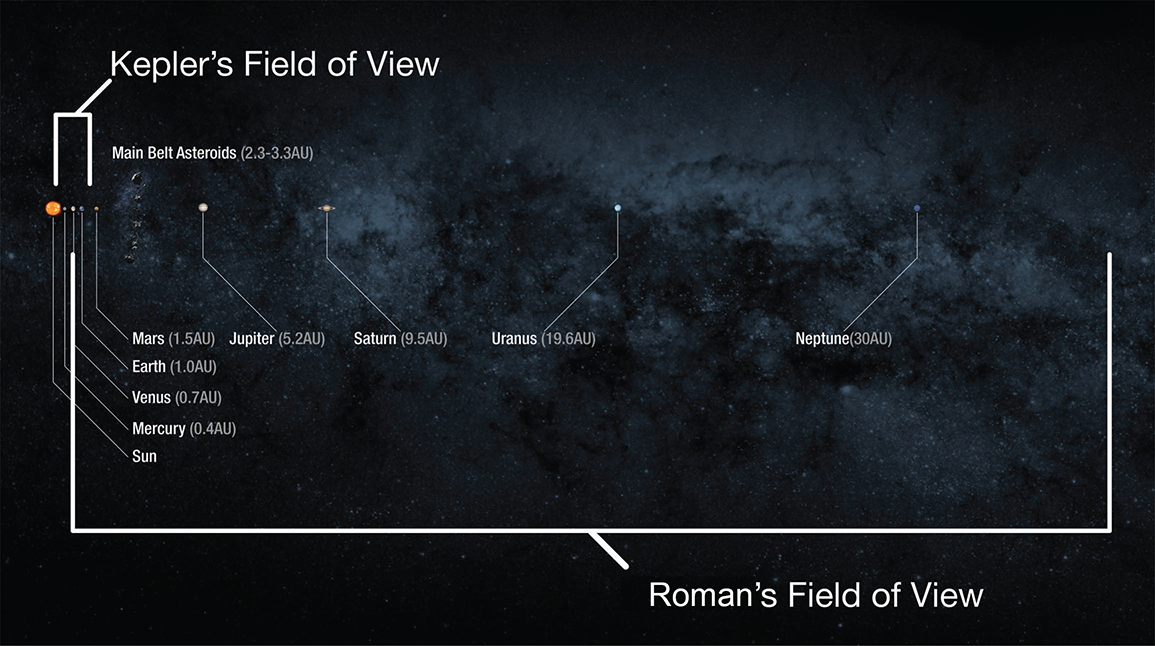


Performance models based on current lab results predict the Coronagraph would be capable of detecting planetary companions a billion times fainter than their host star and located >0.15 arcseconds away. A successful Coronagraph technology demonstration, i.e., just meeting its threshold technical requirement (TTR), will be capable of detecting planetary companions 10 million times fainter than their host star and located >0.3 arcseconds away. The Roman Space Telescope Coronagraph Instrument will demonstrate the first high-performance coronagraph system in space capable of imaging directly mature gas giant exoplanet systems (similar to our own Jupiter) in reflected starlight, paving the way to a future possible NASA mission aimed at imaging and characterizing faint Earth-like planets.Ĭurrent ground-based and space-based instruments are limited to the detection of bright (self-luminous) young exoplanets, a million times fainter than their host star and located >0.3 arc seconds away. The light from an exoplanet, as it would be seen in reflected starlight, is fainter than the host star by factors of 100,000,000 or more, and well beyond the reach of today's observatories on the ground or in space. Overview of the Roman Coronagraph Instrument The Roman Space Telescope Science Center functions are the joint responsibility of the Infrared Processing and Analysis Center ( IPAC), the Space Telescope Science Institute ( STScI), and GSFC.

GSFC is responsible for the Roman Space Telescope Project. NASA’s Jet Propulsion Laboratory (JPL) is building the Roman Coronagraph and is involved with detector validation and developing the Coronagraph’s observation capabilities. The Roman Space Telescope’s Coronagraph Instrument (Roman Coronagraph) will perform high-contrast imaging and spectroscopy of dozens of individual nearby exoplanets. In addition, it will perform a microlensing survey of the inner Milky Way to find ~2,600 exoplanets.

As the primary instrument, the Wide Field Instrument will measure light from a billion galaxies over the course of the mission lifetime. The Wide Field Instrument will have a field of view that is 100 times greater than the Hubble infrared instrument, capturing more of the sky with less observing time. The Roman Space Telescope will have two instruments: the Wide Field Instrument and the Coronagraph Instrument. The telescope has a primary mirror that is 2.4 meters in diameter (7.9 feet), and is the same size as the Hubble Space Telescope's primary mirror. The Roman Space Telescope (NASA-led and managed by NASA's Goddard Space Flight Center GSFC) is designed for a five-year mission, and will launch out of Cape Canaveral in the mid-2020s to L2. The Nancy Grace Roman Space Telescope, formerly the Wide Field InfraRed Survey Telescope (WFIRST), is a NASA observatory designed to settle essential questions in the areas of dark energy, exoplanets and infrared astrophysics.


 0 kommentar(er)
0 kommentar(er)
